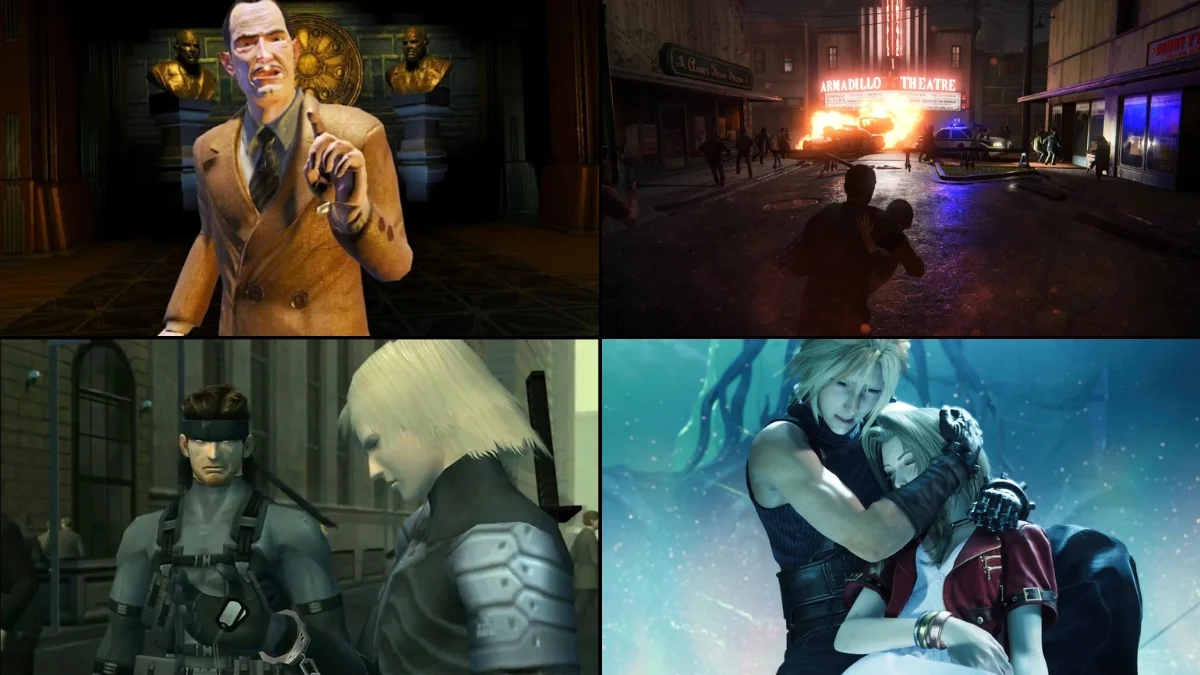
Certain plot twists have had such a strong impact that gamers are still discussing them years after experiencing them. These weren’t just surprising moments-they fundamentally altered how stories unfold in games, expanded the limits of player interaction, and initiated important discussions regarding morality, player control, and game development. What you’ll find below is an exploration of key scenes and revelations that completely shocked players and redefined what’s possible within the gaming medium. It’s a journey through moments that changed everything.
You’ll discover surprising plot twists, changes in viewpoint, clever technical solutions, and moments where the game directly acknowledges the player – all of which have become common features in games. For each example, we’ll provide a brief explanation of the game it came from, why it was significant, and how the developers achieved it – meaning even if you didn’t experience it originally, you’ll understand why it was so impactful.
“Would You Kindly?” in BioShock
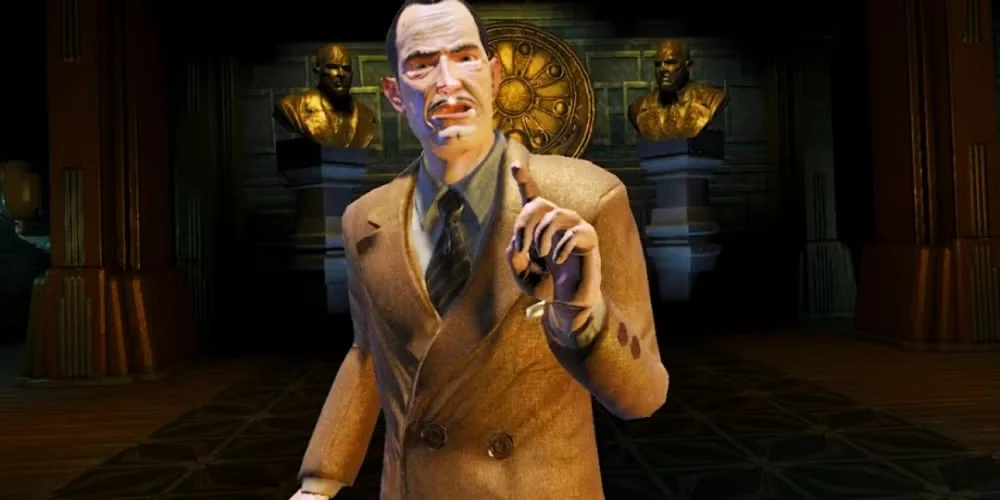
About halfway through the game BioShock, it’s revealed that the main character, Jack, has been conditioned to automatically obey the phrase “Would you kindly?”. This explains why he consistently accepted objectives whenever Atlas used that specific wording. The revelation dramatically changes how you view earlier parts of the game, including the assassinations Jack carried out when prompted with that phrase.
The game reveals its story through audio recordings, details in the game world, and a specific series of events leading up to meeting Andrew Ryan. This way of connecting the story to how you play the game challenges the idea that players truly have free will, because following instructions is directly linked to progressing.
Aerith’s Death in Final Fantasy VII
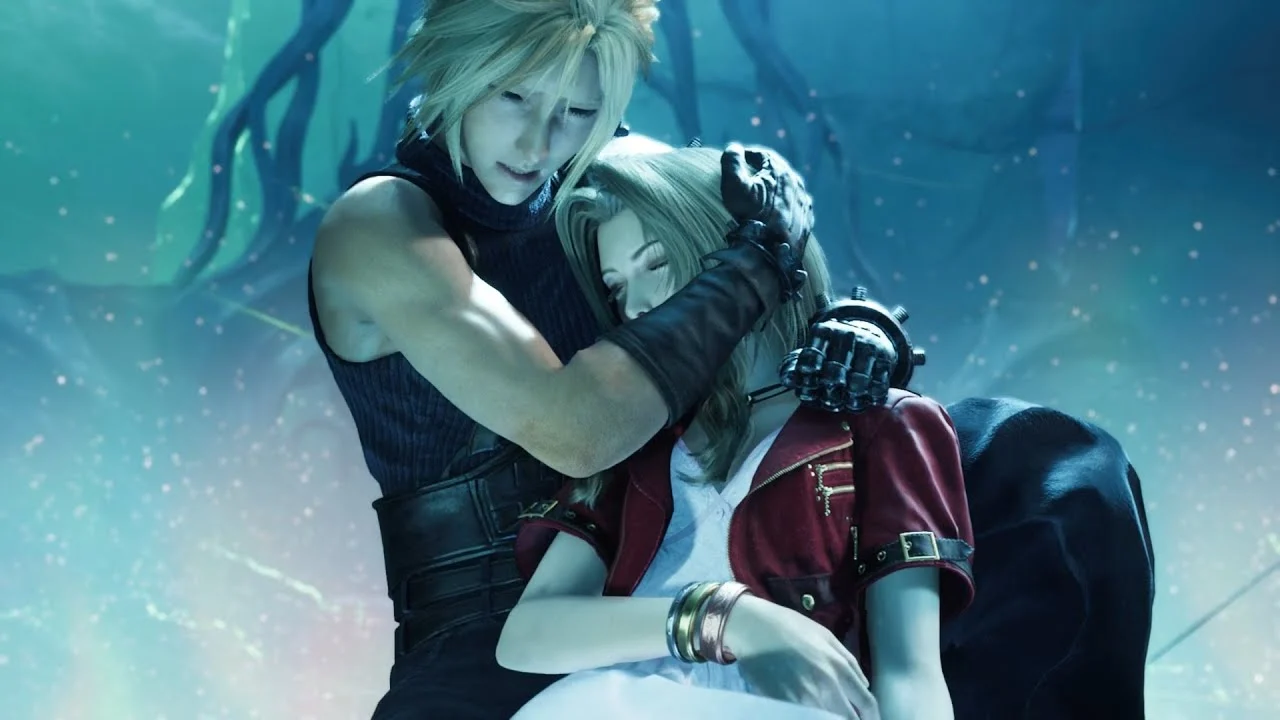
In Final Fantasy VII, Sephiroth kills Aerith in a scene taking place at a temple. This permanently removes a key character from the team after players have spent considerable time developing her story and abilities. The event is particularly impactful because, for hours beforehand, the plot builds Aerith up as crucial to resolving the Planet’s problems.
From a gameplay perspective, this loss is permanent-there’s no way to bring her back with items or spells. This means you’ll need to adjust your party, how you equip materia, and your battle tactics for the rest of the game. The story also changes, now focusing on the fallout from the events involving Jenova and Sephiroth.
“No Russian” in Call of Duty: Modern Warfare 2
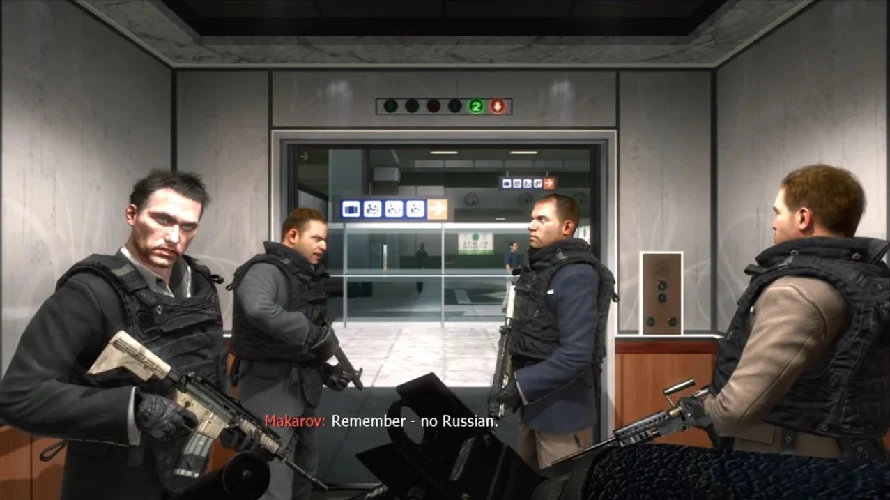
Okay, so the airport mission is seriously intense. You’re basically going undercover *with* Vladimir Makarov during this huge attack, and they give you a warning beforehand and let you skip it if you want. What’s really different about it is they totally mess with what you expect from a shooter. There’s no score, no timer, nothing like that. They even slow down how fast you move, which feels weird, but it’s on purpose – it’s designed to keep you focused on what’s happening around you and really draw you into the scene. It’s a really different experience, and honestly, it’s pretty unsettling. You can find more details about the mission here.
In terms of storytelling, the events following the attack suggest it was a false-flag operation – meaning it was designed to look like someone else did it – and this worsened the existing conflict. The way the mission was designed, limiting what players could do and including clear disclaimers, sparked a lot of conversation about how things were portrayed, the player’s point of view, and the game’s overall content in future versions. This led to further discussions about these elements.
The Opening Night in The Last of Us
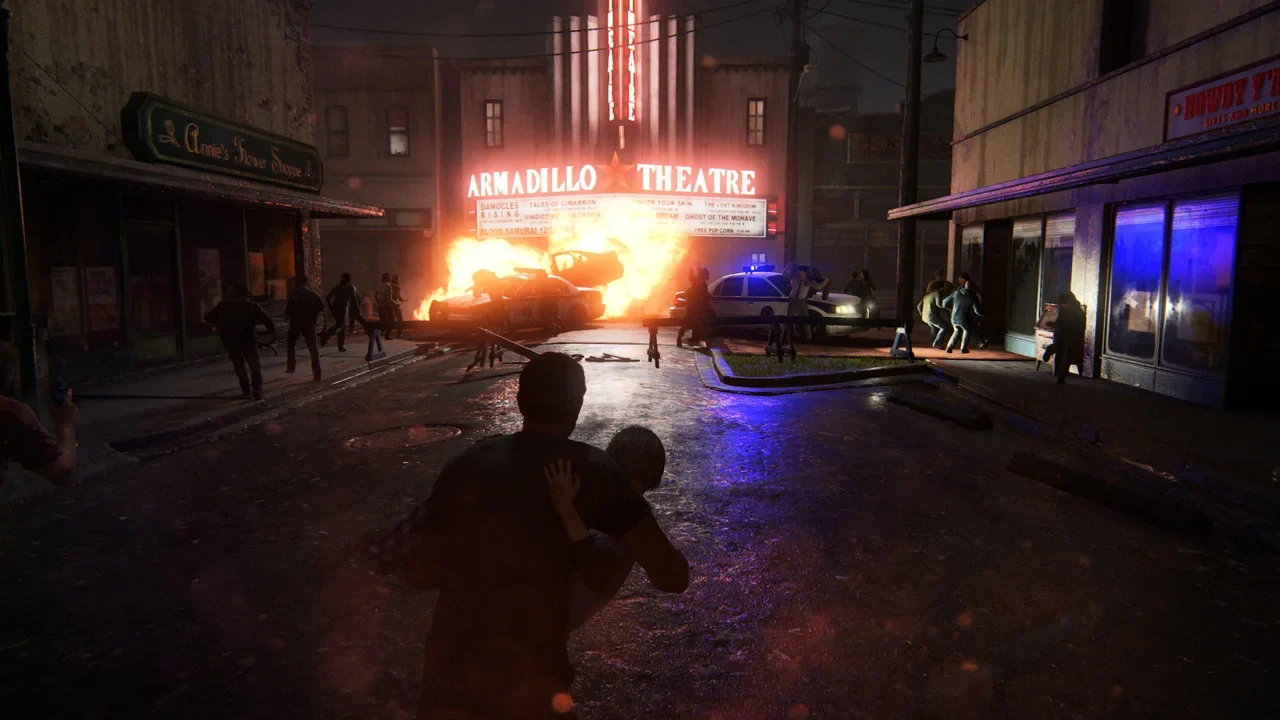
The Last of Us starts by showing the beginning of the outbreak through the eyes of Sarah, Joel’s daughter. We see the situation worsen as she follows emergency broadcasts on the car radio, hears sirens, and witnesses events in their neighborhood. This opening sequence culminates in Sarah’s death, which powerfully establishes Joel’s deep trauma before the story jumps forward in time.
In terms of how it’s made, the game combines movie-like scenes with sections you can play, and smoothly switches between them. The game world shows its downfall through details like fallen signs, panicked characters, and blocked streets – all while subtly teaching you how to move and frame the camera, skills you’ll need later on.
The White Phosphorus Strike in Spec Ops: The Line
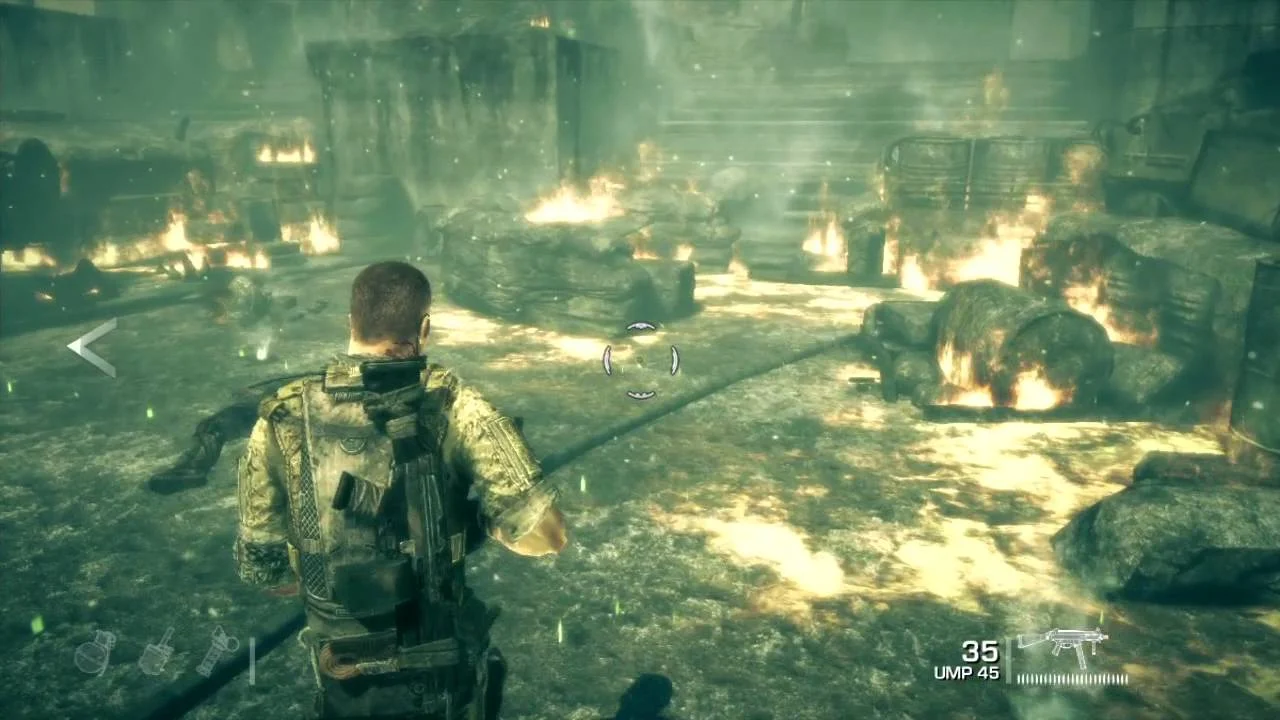
During the campaign, players are tasked with using white phosphorus on a heavily defended location, employing a thermal imaging system to hide who is being targeted. After the attack, investigation of the site shows the victims were not soldiers, but civilians.
To move forward, you must follow this specific order; there are no other options. The game emphasizes the impact of your choices by changing character dialogue, the text you see on loading screens, and even how characters look. It uses these elements to make you think about whether difficult missions are truly necessary, and the moral implications of those choices.
Samus Is a Woman in Metroid
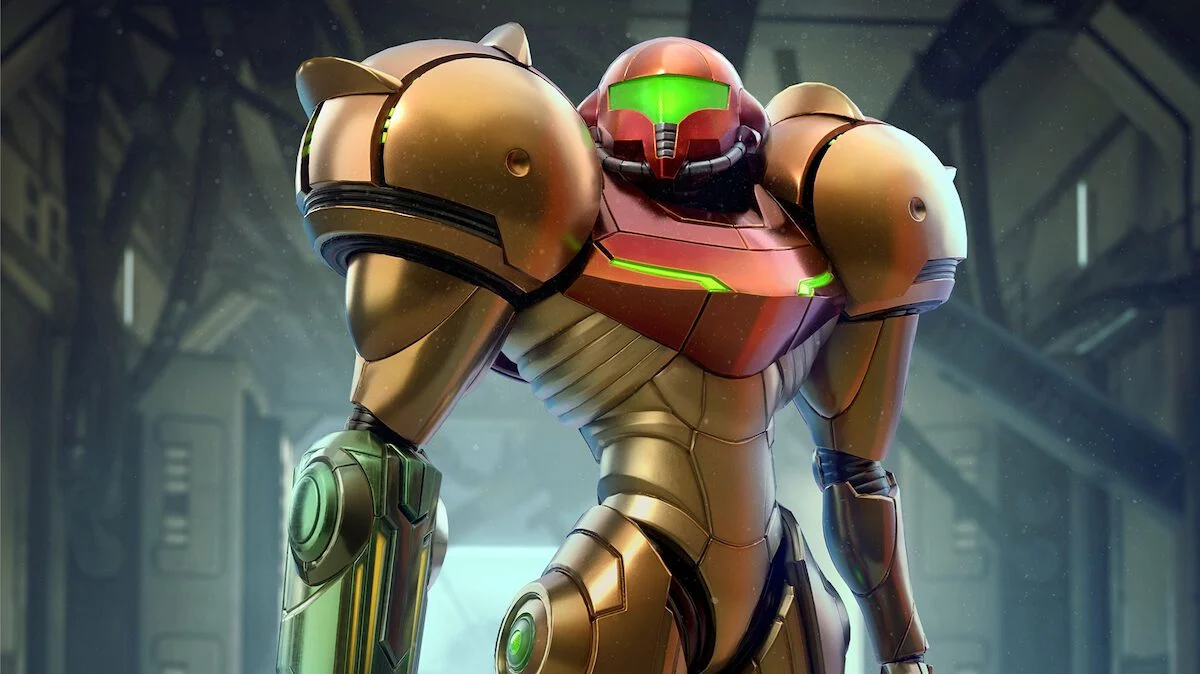
Completing the game Metroid with certain requirements shows Samus Aran without her Power Suit, establishing that the main character is a woman-a surprising reveal for an action game released in 1986. The extent of this reveal-how much of Samus is shown-varies depending on how quickly the game is finished, resulting in different endings.
The game connects how well you play-your speed and how completely you explore-to both saving your progress and the story’s ending. By making character details and plot points dependent on your skill, it pioneered a system where story content is unlocked by player ability in action-platformer games. This was a new approach at the time, and it influenced later games.
James’s Truth in Silent Hill 2
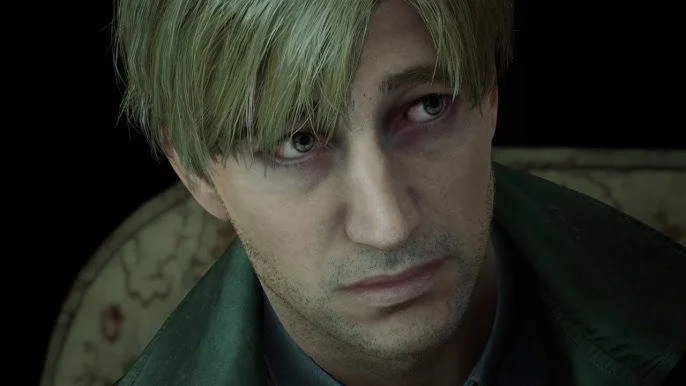
Towards the end of Silent Hill 2, a videotape and the events that follow reveal that James Sunderland was responsible for his wife, Mary’s, death. This changes how we understand the strange things happening in the town, showing they are rooted in his feelings of guilt. Details we noticed earlier – the look of the monsters, pieces of letters, and where objects were placed – now make much more sense and have a clear meaning.
How the story ends depends on small details in how you play, such as using health items, paying attention to certain objects, and the choices you make in conversations. The game keeps track of your playstyle and uses this information to shape the ending, essentially building a psychological profile of the player.
The Nuclear Detonation in Call of Duty 4: Modern Warfare
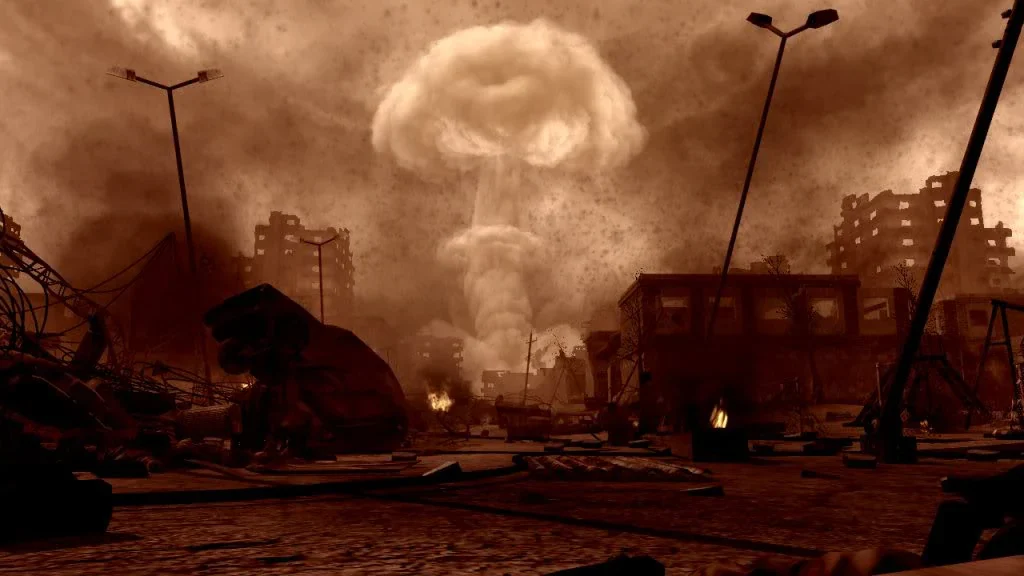
After trying to save someone, a nuclear bomb explodes, instantly killing the player’s Marine character and their entire unit. A short, guided sequence showing the devastation makes it clear that this character is gone for good – there’s no way to recover or continue playing as them.
This single instance of losing a character’s perspective shows a permanent consequence within the main story, which is told from several different points of view. It also creates important stakes that affect future missions, all while keeping the story moving forward through the experiences of other playable characters.
The Raiden Switch in Metal Gear Solid 2: Sons of Liberty
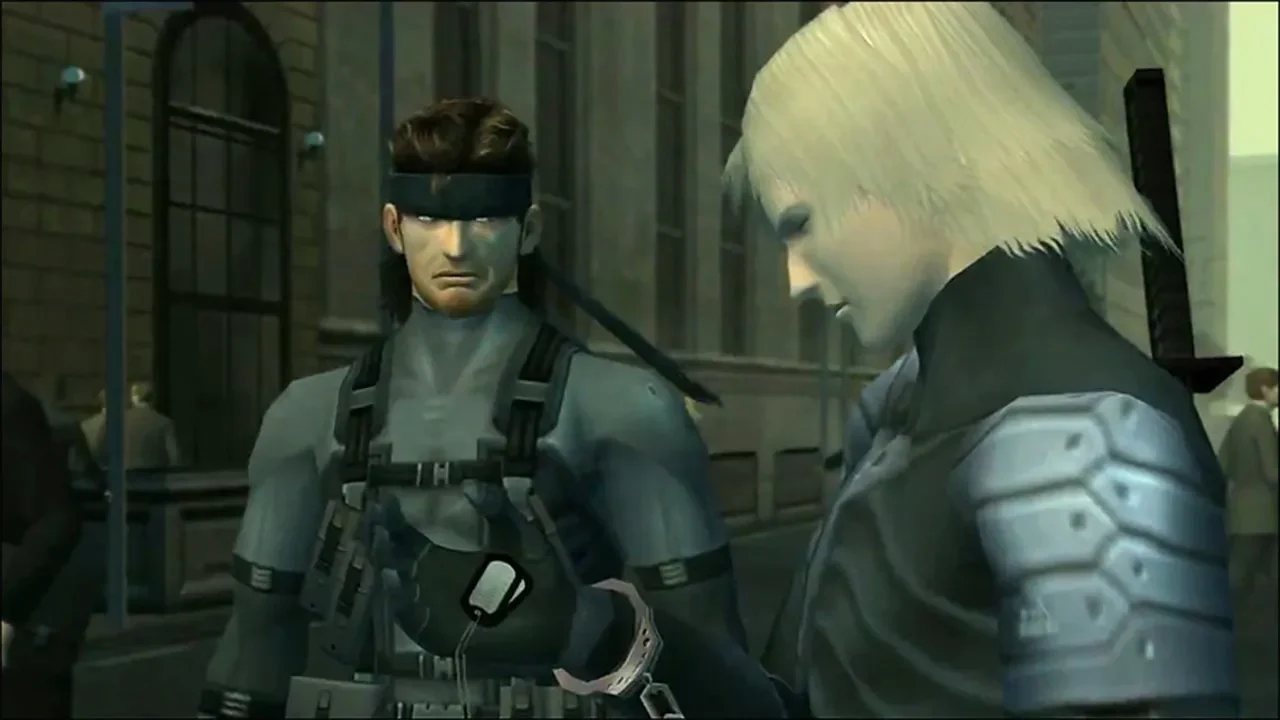
Okay, so the game starts with a prologue where you play as Solid Snake, which was awesome. But then, totally out of nowhere, the game switches to Raiden! I wasn’t expecting that at all, especially since they didn’t really talk about him much before the game came out. After that switch, everything – the Codec calls, the mission briefings, even how the characters talk to each other – it all focuses on Raiden. It’s like *he’s* the main character from then on, which was a pretty big surprise.
The transition is complete: everything – character abilities, item management, and even how the story is presented – now focuses on the new main character. Later parts of the game build on this change, offering insights into how information is managed, shown through planned in-game communications and helpful meta tutorials. This shift explores themes of control.
Psycho Mantis Reads Your Memory Card in Metal Gear Solid
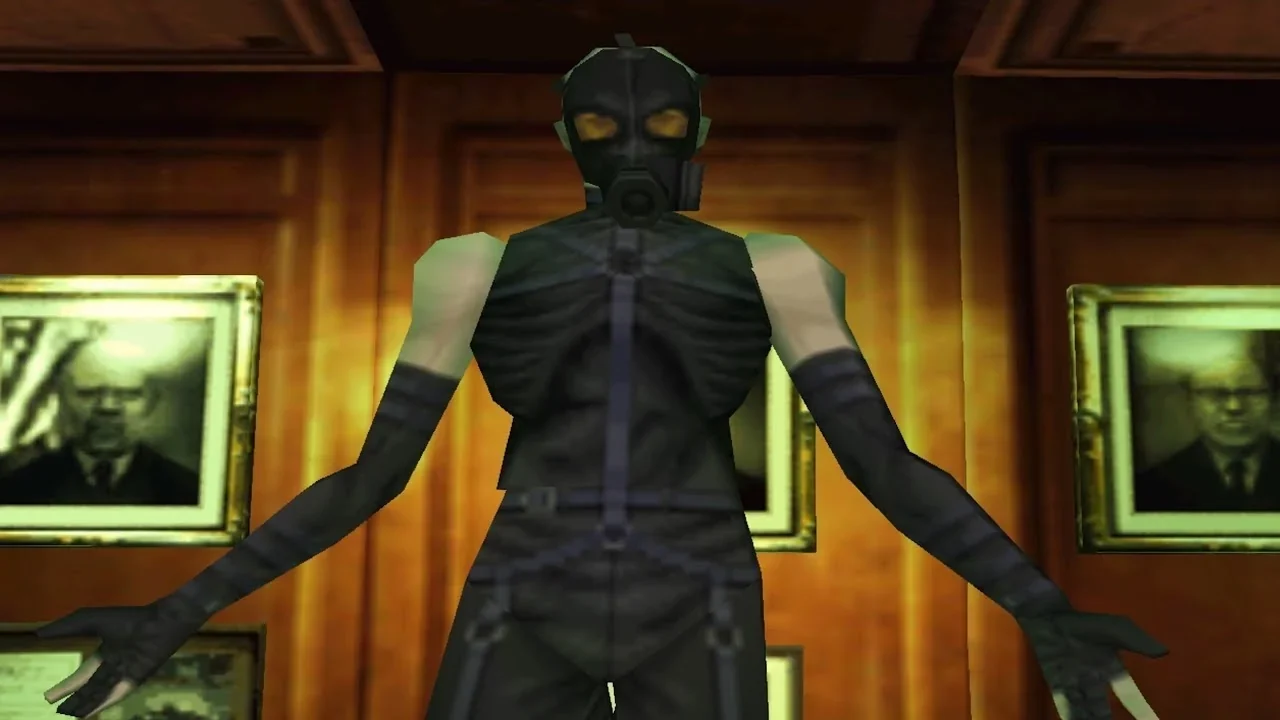
The battle against Psycho Mantis is unique because it reads save data from your console to make remarks about other Konami games. He also creates the illusion of lost control by seemingly shifting the screen. To trick him – and bypass his supposed “mind-reading” ability – players need to plug their controller into port 2.
This challenge relies on a piece of hardware as the solution, instead of something you find within the game. Specifically, it needed players to physically switch controllers on PlayStation, proving that the game was designed with the console’s capabilities in mind and directly incorporating this into the boss battle’s design.
GLaDOS’s Betrayal in Portal

Once Chell finishes the test chambers, GLaDOS unexpectedly sends her toward an incinerator rather than freedom, changing the orderly puzzle-solving into a desperate escape through the facility’s maintenance areas. This change forces Chell to use the familiar cubes, portals, and timing mechanics in new and creative ways to navigate the environment, turning them into tools for improvised traversal.
As a fan, I really loved how the game kept things familiar! They brought back things like the level geometry, helpful voice prompts, and even those cool behind-the-scenes corridors, but used them in fresh ways with new goals. And the finale? It was brilliant! They took all those same elements and turned them into a boss sequence that really showed off how solid the game’s core physics systems are. It felt like a natural evolution of everything I’d already enjoyed.
Deleting Yourself for Others in Nier (Ending D)
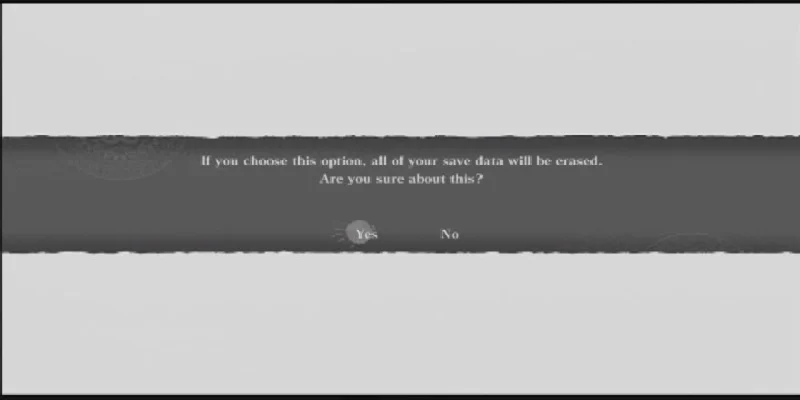
In the original Nier from 2010, selecting Ending D completely erases the player’s saved game data for that save file – this includes weapons, quests, and any progress made. The game also won’t allow you to use the same character name on that profile again, and it repeatedly asks you to confirm this action before it happens.
As a fan, I’ve been really fascinated by how this game handles endings. It’s not just about finishing the story once; each time you delete your save file, it actually unlocks new scenes and gives you a different angle on what happened. It’s clever because it ties a character’s ultimate fate – their sacrifice – to actually removing the save data. This means the consequences of your choices don’t just stay within one playthrough; they extend to future runs, making each one feel truly meaningful.
Sans’s Fight in Undertale’s Genocide Route
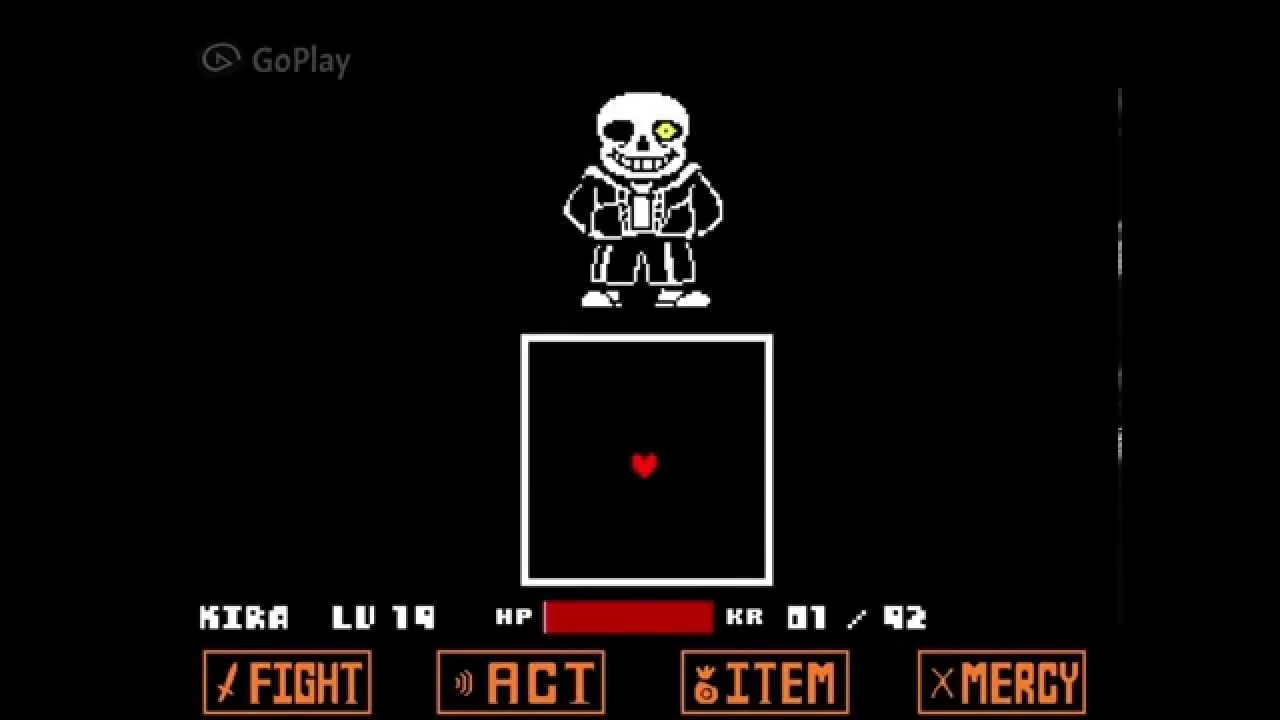
Choosing the Genocide path – by avoiding all encounters in each area – culminates in an intense battle with Sans, a fight that defies standard RPG conventions. He evades the player’s attacks and incorporates platforming sections with shifting gravity, all while maintaining a turn-based combat system.
Undertale remembers what you do even when you start a new game or reset, and characters will comment on your past actions and choices. The battle with Sans is like a check on your gameplay – it looks at everything you’ve done. He uses challenging bullet-hell attacks, special effects, and dialogue that breaks the fourth wall to make you face the consequences of your decisions.
Crono’s Death in Chrono Trigger
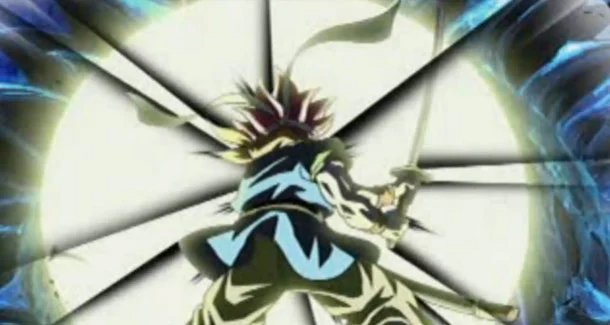
When facing Lavos, the main character, Crono, tragically dies, taking away the usual leader of your team. The story doesn’t end there, though; it goes on without him, unlocking different paths you can take. These new routes change which characters you focus on and which quests become available.
Players have optional activities they can complete to find the Time Egg and try to bring Crono back to life. This requires using time-altering items in a particular order. The event shows how the game allows players to continue the story even after a significant story setback, without being forced to stop the main campaign.
Fourth-Wall Fractures in Eternal Darkness: Sanity’s Requiem
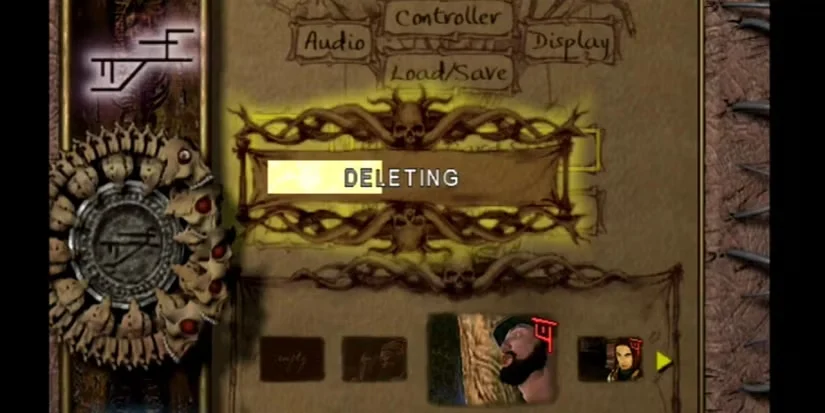
When your character’s sanity drops in Eternal Darkness, the game creates “sanity effects” that seem like technical problems: the volume might change on its own, the screen could glitch or transition unexpectedly, you might be prompted to delete save files, and the game might even cut to a fake crash screen. Importantly, these effects aren’t random; they’re triggered by entering specific rooms and by how low your character’s sanity gets, not by chance.
Since these effects change how players see the game world, they must learn to maintain their sanity just like they manage health and magic. This system is woven into the game’s spells and enemy designs, turning mental stability into a key part of strategy throughout the entire game.
Share the shocking gaming moment that floored you most in the comments!
Read More
- Bitcoin’s Ballet: Will the Bull Pirouette or Stumble? 💃🐂
- Can the Stock Market Defy Logic and Achieve a Third Consecutive 20% Gain?
- Dogecoin’s Big Yawn: Musk’s X Money Launch Leaves Market Unimpressed 🐕💸
- Deepfake Drama Alert: Crypto’s New Nemesis Is Your AI Twin! 🧠💸
- LINK’s Tumble: A Tale of Woe, Wraiths, and Wrapped Assets 🌉💸
- SentinelOne’s Sisyphean Siege: A Study in Cybersecurity Hubris
- XRP’s Soul in Turmoil: A Frolic Through Doom & Gloom 😏📉
- Binance’s $5M Bounty: Snitch or Be Scammed! 😈💰
- Ethereum’s $140M Buy: Will It Save Us? 😱
- ADA: 20% Drop or 50% Rally? 🚀💸 #CryptoCrisisComedy
2025-10-01 10:19